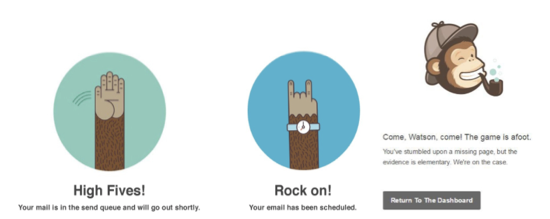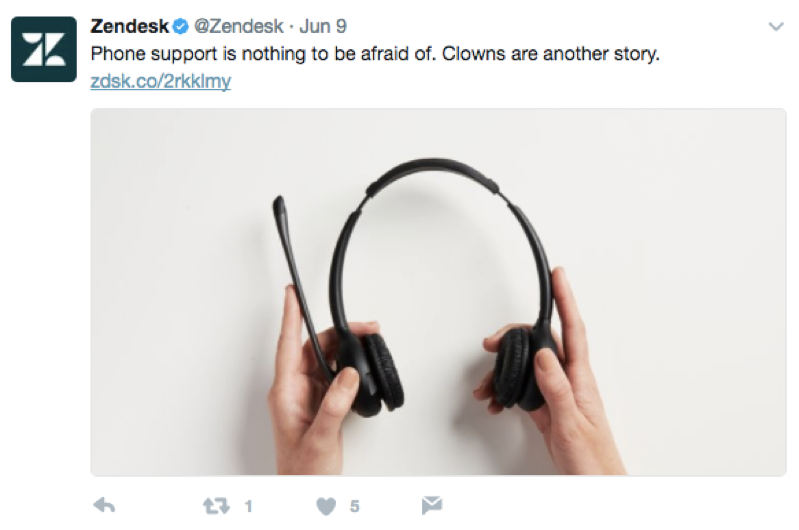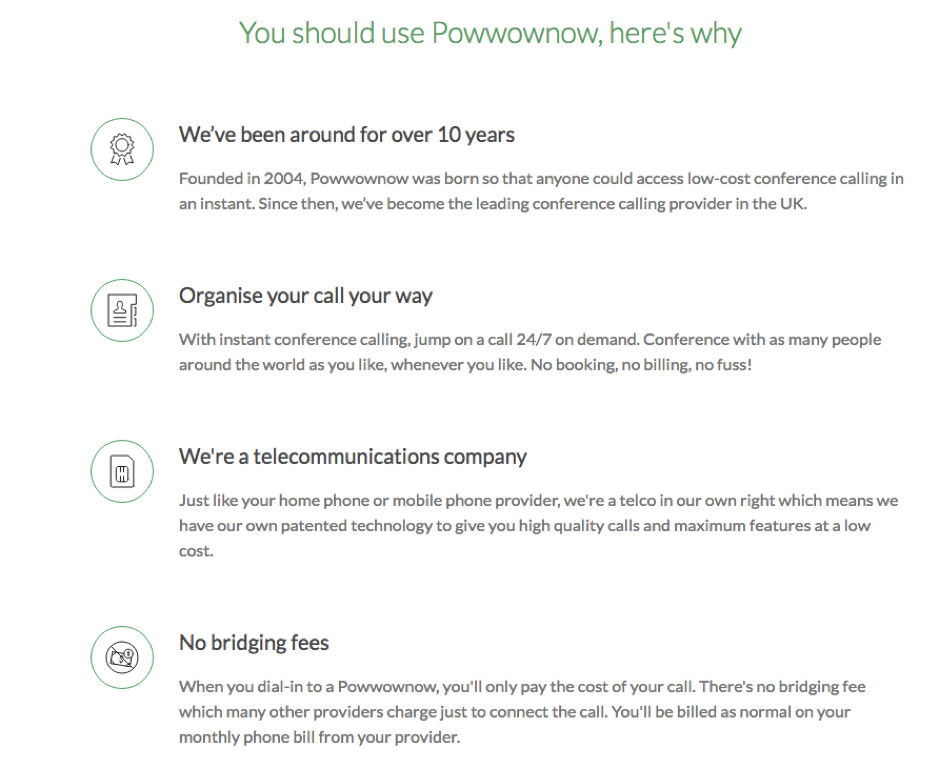B2B MarketingBrandingContent Marketing
How to take the bland and boring out of B2B tone of voice
30 . 07 . 17
So, you’re writing copy for your B2B business. You know you should be informative and authoritative, but that doesn’t mean you have to be bland. You may be writing for a business, but it’s real people reading; people who are short of time, with even shorter attention spans. A powerful tone of voice will help you cut through the noise and stand out from the crowd, as long as you avoid the B2B tone of voice pitfalls…
Push further than ‘personable’
Ever since the American social business strategist, Bryan Kramer said “There is no more B2B or B2C: it’s human to human,” (almost) every B2B business has endeavoured to develop a tone of voice that’s ‘personable’. Personable gets you off the starting blocks, but then what? It’s like describing a person as ‘nice’ – you can do better than that.
Discover what ‘personable’ means to your business. This means getting to grips with the values of your brand first, and then the characteristics of your personality. Let’s take Mailchimp for example, a brand with a distinct voice, that’s personable in its own unique way. It describes its voice as:
- Fun but not silly
- Confident but not cocky
- Smart but not stodgy
- Informal but not sloppy
- Helpful but not overbearing
- Expert but not bossy
- Weird but not inappropriate
From the high five they give you when an email is scheduled, to the missing page error of ‘Come, Watson, come! The game is afoot,’ these qualities are evident in every contact you make with Mailchimp.

Stick to your voice. Change your tone.
Decide on a tone of voice early on and stick to it. Many brands start with a strong tone of voice, but over time, and without guidelines it becomes diluted. Once the guidelines are set, everyone from receptionists answering the phone, to pitch deck presentations will be in line. You can then change your tone based on what you are communicating. Gather Content differentiates the two as:
“Voice: Your brand personality described in an adjective. For instance, brands can be lively, positive, cynical, or professional.
Tone: A subset of your brand’s voice. Tone adds specific flavour to your voice based on factors like audience, situation, and channel.”
While your voice should be consistent, your tone changes, adapting to the context or situation. Think of it this way: you may speak to your best friend in one tone, but change your tone when talking to your mortgage adviser or your boss.
Slack, for example, have a really distinctive tone of voice, which is based on one of their co-founders. Anna Pickford, Slack’s editorial director, says, “The tone was set early on – it’s very much in the voice of Stewart Butterfield (and the other founders) and my work has been in learning how to scale and expand this without losing the sense that you were talking to a friendly co-worker.”
ZenDesk do this well, combining a playful tone of voice with a quiet confidence in their own knowledge and expertise. Their tone of voice gives the impression they understand ‘annoying experiences’ and have got the solution.
ZenDesk adapt their tone well to the situation or channel. For example, on social media they strike jokes and have a playful tone. Then in the blogs, the tone shifts to more informative as it talks about the shift to SaaS-based customer support, the ROI on customer satisfaction and effort reduction. Despite taking a more formal tone, the blog is true to Zendesk’s voice with insightful comments like, “Who hasn’t had an incredibly annoying experience trying to navigate an interactive voice response (IVR) menu or getting stuck on hold only to have the call dropped?”

Get to the point
There’s no need to waffle, so don’t use unnecessary words and as a general rule, don’t use 10 words if you can say it in 5. And most importantly, keep jargon in the boardroom.
Powwownow is a great example of a streamlined, straightforward brand tone of voice. There’s no padding around the issues, right from the get-go, “You should use Powwownow, here’s why”. It’s like an elevator pitch: concise and to the point. The average person only has an eight second attention span, so use your window of opportunity well.
Each point that Powwownow makes is done in just one or two sentences. As they are selling a SaaS product, they need to explain what they offer and why they’re better than the competition, as quickly and as simply as possible. They use key words such as “low-cost”, “instant” and “maximum features” which highlight the advantages of their offering, getting straight to the point. In terms of readability, it could be read by a nine-year-old, which in fact is the average reading age in the UK. So give your copy a fighting chance of being read by keeping it short and punchy.

If you’re developing a tone of voice for your B2B brand, remember that it’s an important part of your brand’s identity, and will influence how you’re perceived by the world. It will underpin your whole content strategy, so make sure you nail it with a balance of wit and wisdom.

